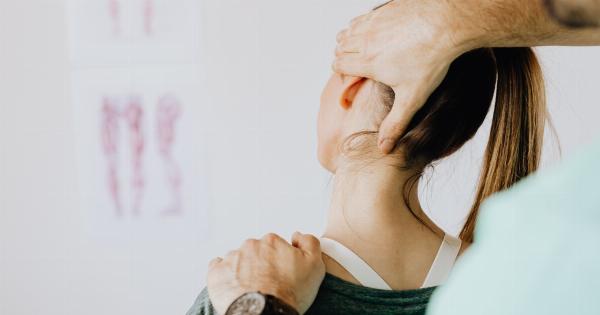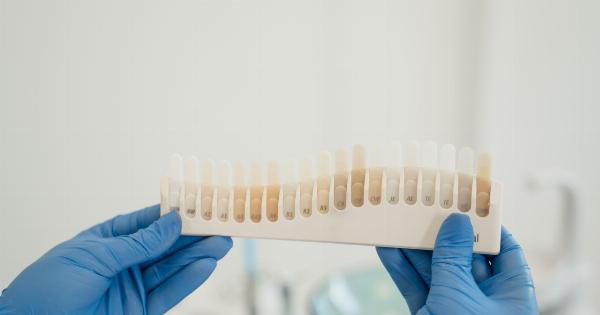Migraine is a neurological disorder characterized by recurring severe headaches that are often accompanied by other symptoms such as nausea, vomiting, and sensitivity to light and sound.
According to the World Health Organization, migraine is the third most prevalent disease in the world, affecting approximately one billion people globally. While both men and women can suffer from migraines, there is a significant gender gap when it comes to the intensity and frequency of these headaches.
Understanding Migraine
Migraine headaches are often described as pulsating or throbbing pain, typically on one side of the head. They can last anywhere from a few hours to a few days and can be debilitating for those who experience them.
In addition to the headache itself, migraines can also cause a range of other symptoms, including but not limited to:.
- Visual disturbances (such as aura or seeing flashing lights)
- Nausea and vomiting
- Sensitivity to light and sound
- Dizziness
- Fatigue
- Irritability
The Gender Gap
Research has consistently shown that women are more likely to suffer from migraines than men. In fact, women are three times more likely to experience migraines than men.
However, it is not just the prevalence of migraines that differs between genders, but also the intensity and frequency of the attacks.
Hormonal Factors
One of the key reasons behind the gender gap in migraine intensity is the role of hormones. Estrogen, a hormone predominantly found in women, is known to trigger migraines.
Fluctuations in estrogen levels, such as those that occur during the menstrual cycle, pregnancy, and menopause, can lead to an increased risk of migraines in women. This hormonal influence may explain why migraines are more common and intense in women.
Genetic Predisposition
Genetic factors also play a role in the gender gap in migraine intensity. Studies have shown that certain genes associated with migraines are more commonly found in women.
These genetic differences may not only make women more susceptible to migraines but also contribute to the severity of the headaches they experience.
Sociocultural Factors
Sociocultural factors can also contribute to the gender gap in migraine intensity. Women tend to seek medical help more frequently than men, which may result in a higher reported intensity of migraines.
Additionally, women are more likely to experience stress and emotional triggers, which can exacerbate migraines. The overall societal expectations and pressures on women may play a role in the higher intensity of migraines they experience.
Treatment Differences
Another factor that contributes to the gender gap in migraine intensity is the difference in treatment approaches. Migraine treatment often involves medications, lifestyle changes, and stress management techniques.
However, women may respond differently to medications than men due to hormonal differences and may require different treatment approaches. As a result, the intensity and effectiveness of the treatment can vary between genders.
Impact on Daily Life
Migraines can significantly impact an individual’s daily life, and the gender gap in migraine intensity can have various consequences for women.
The higher intensity and frequency of migraines experienced by women may lead to more missed workdays, reduced productivity, and impairment in daily activities. This can result in a significant burden on the individual and may affect their overall quality of life.
Addressing the Gender Gap
Recognizing and addressing the gender gap in migraine intensity is essential to providing adequate support and treatment for individuals affected by migraines.
It is crucial for healthcare professionals to consider the specific needs and experiences of women when diagnosing and treating migraines. Further research is needed to better understand the underlying mechanisms and develop gender-specific treatment strategies.
Conclusion
The gender gap in migraine intensity is a complex issue influenced by hormonal, genetic, and sociocultural factors.
Women’s higher prevalence of migraines, along with the intensity and frequency of their attacks, can have a significant impact on their daily lives. By acknowledging and addressing this gender gap, healthcare professionals can provide more effective support and treatment for individuals suffering from migraines.






























